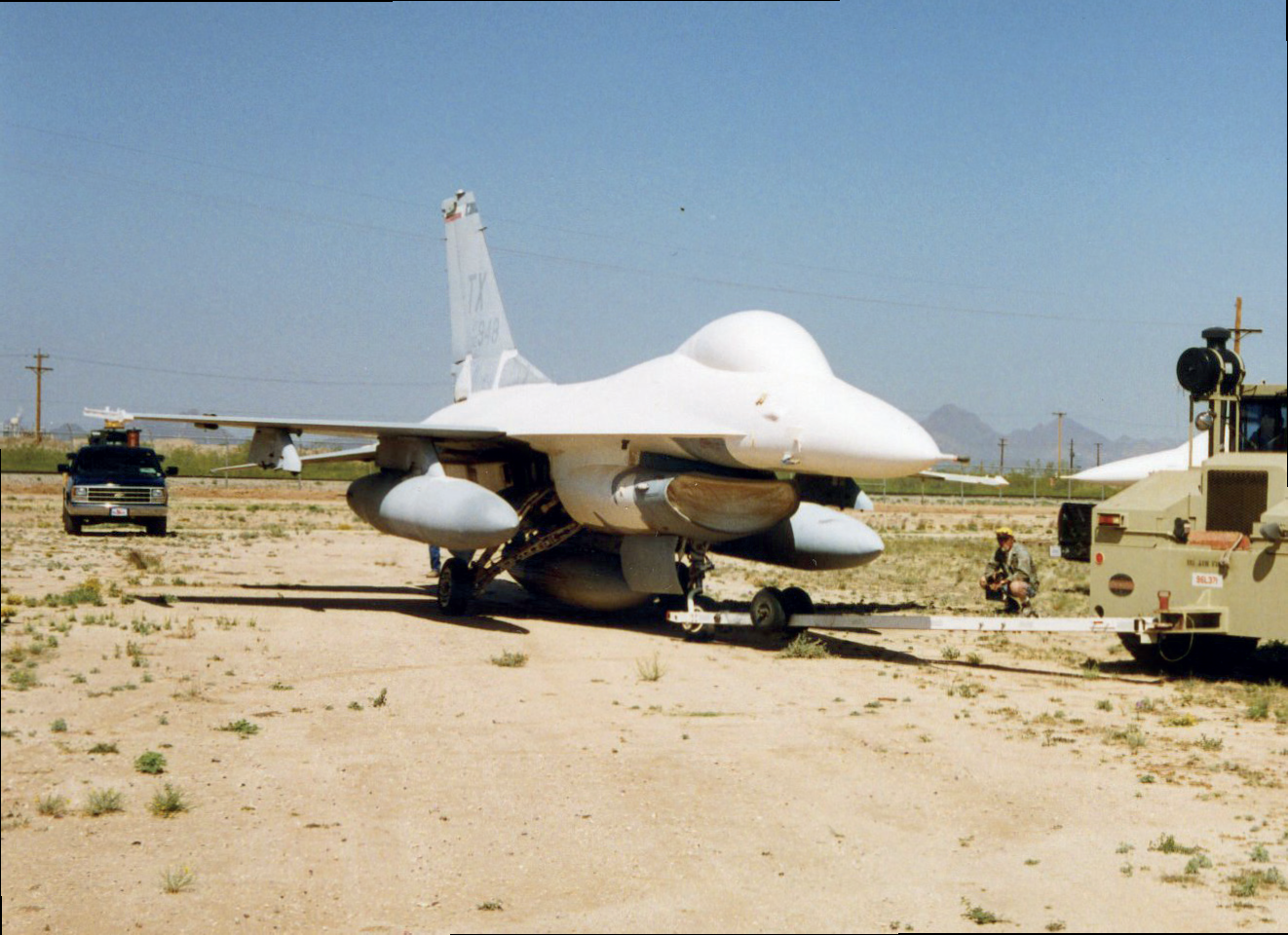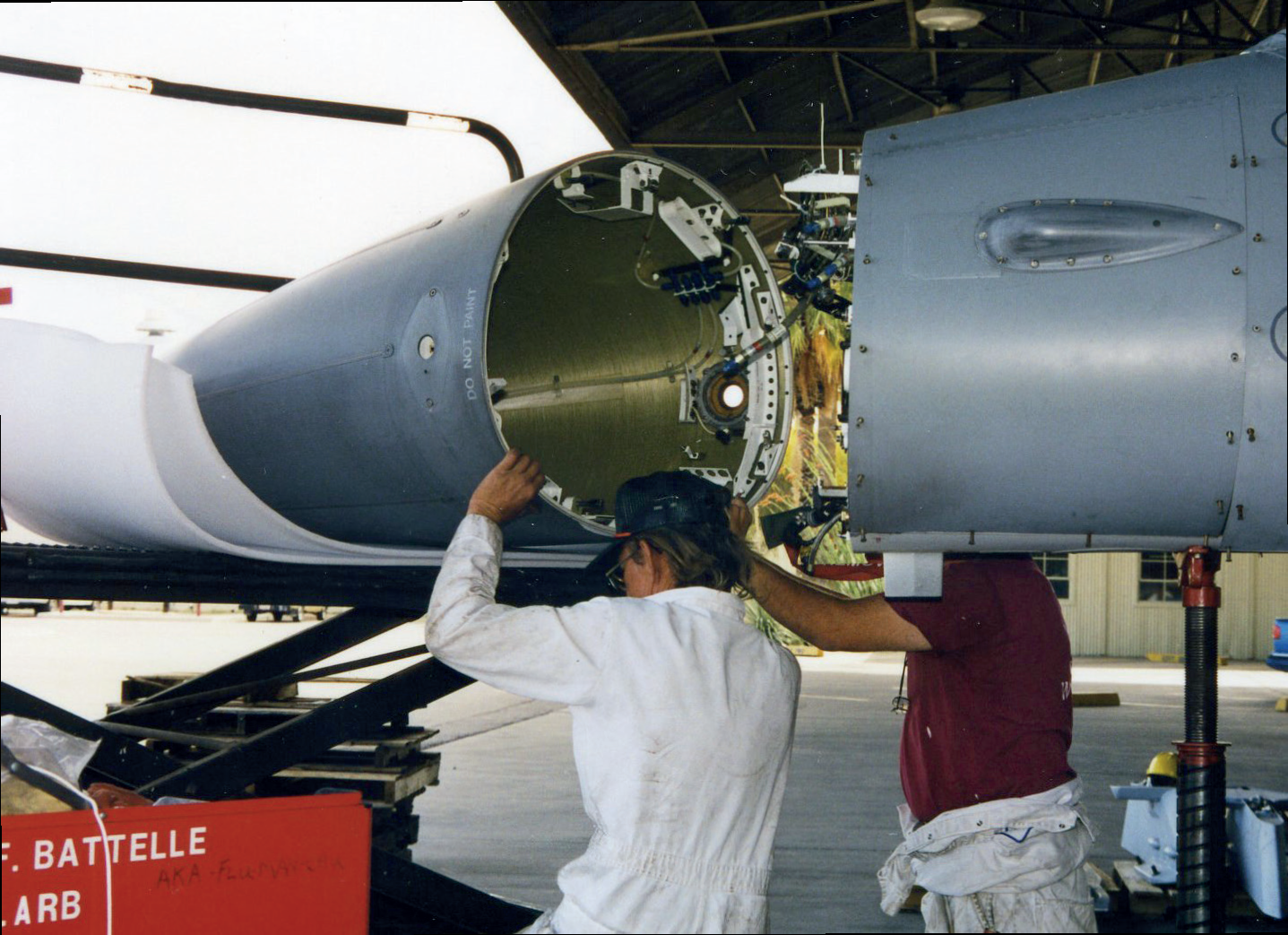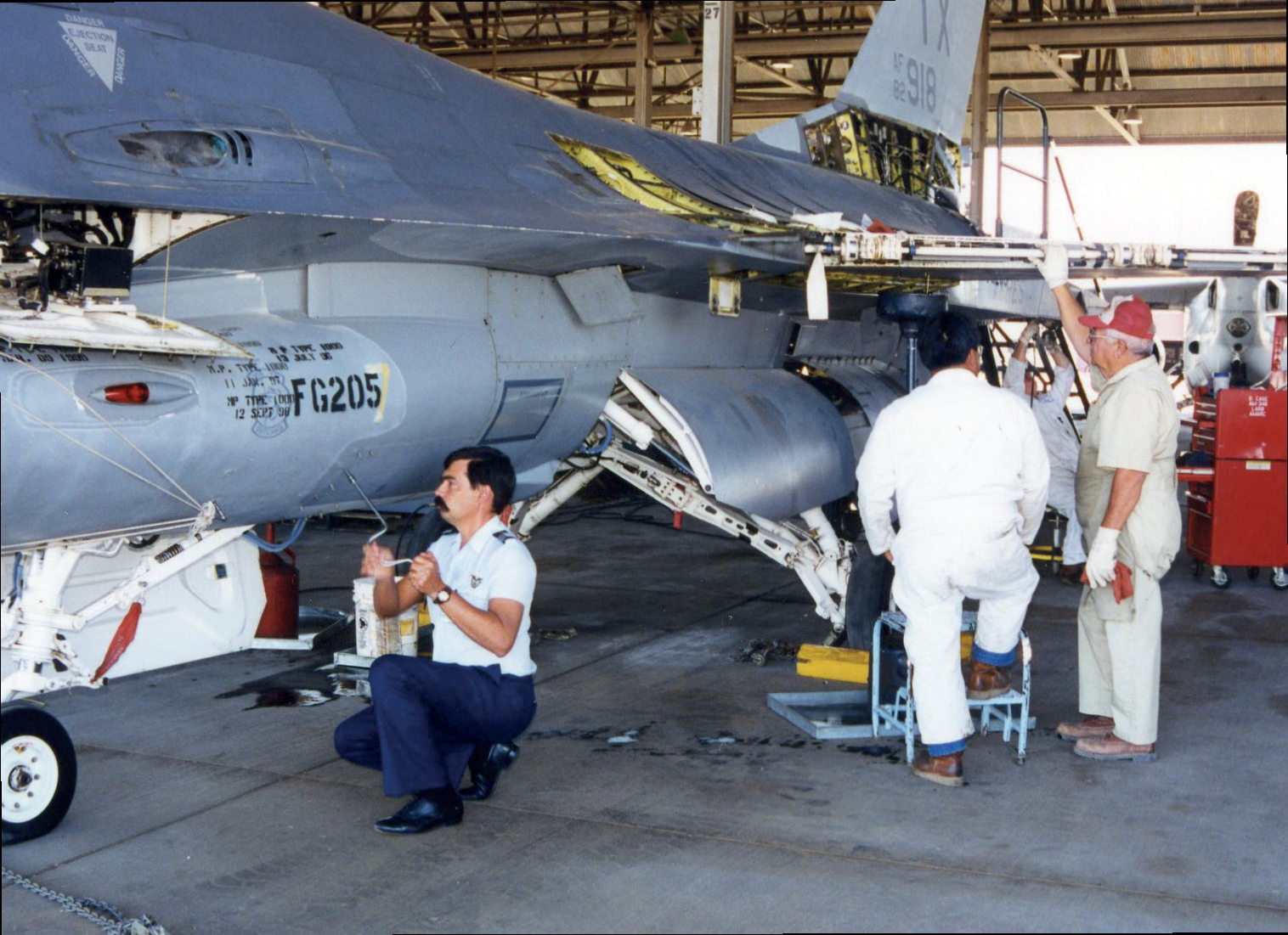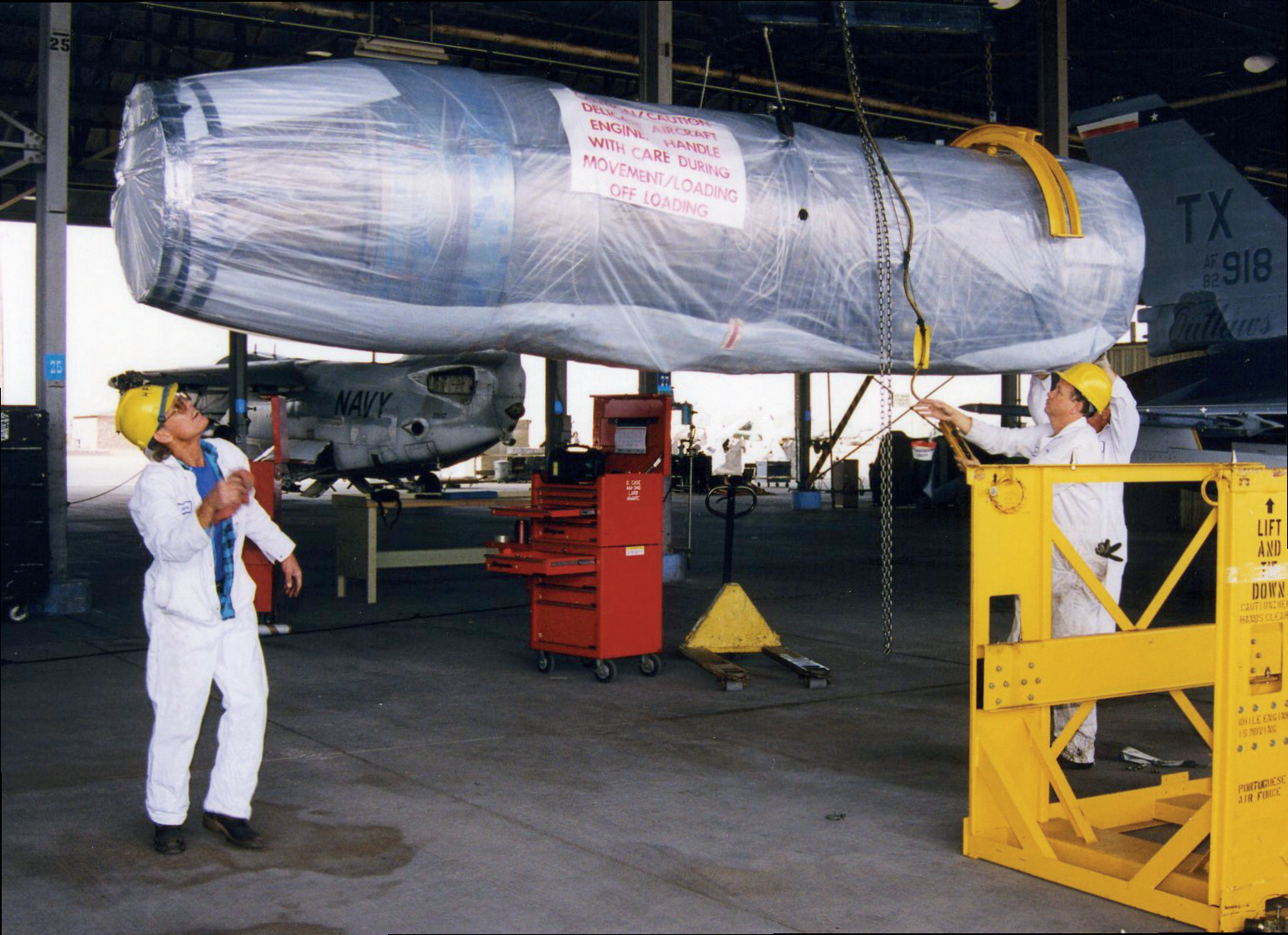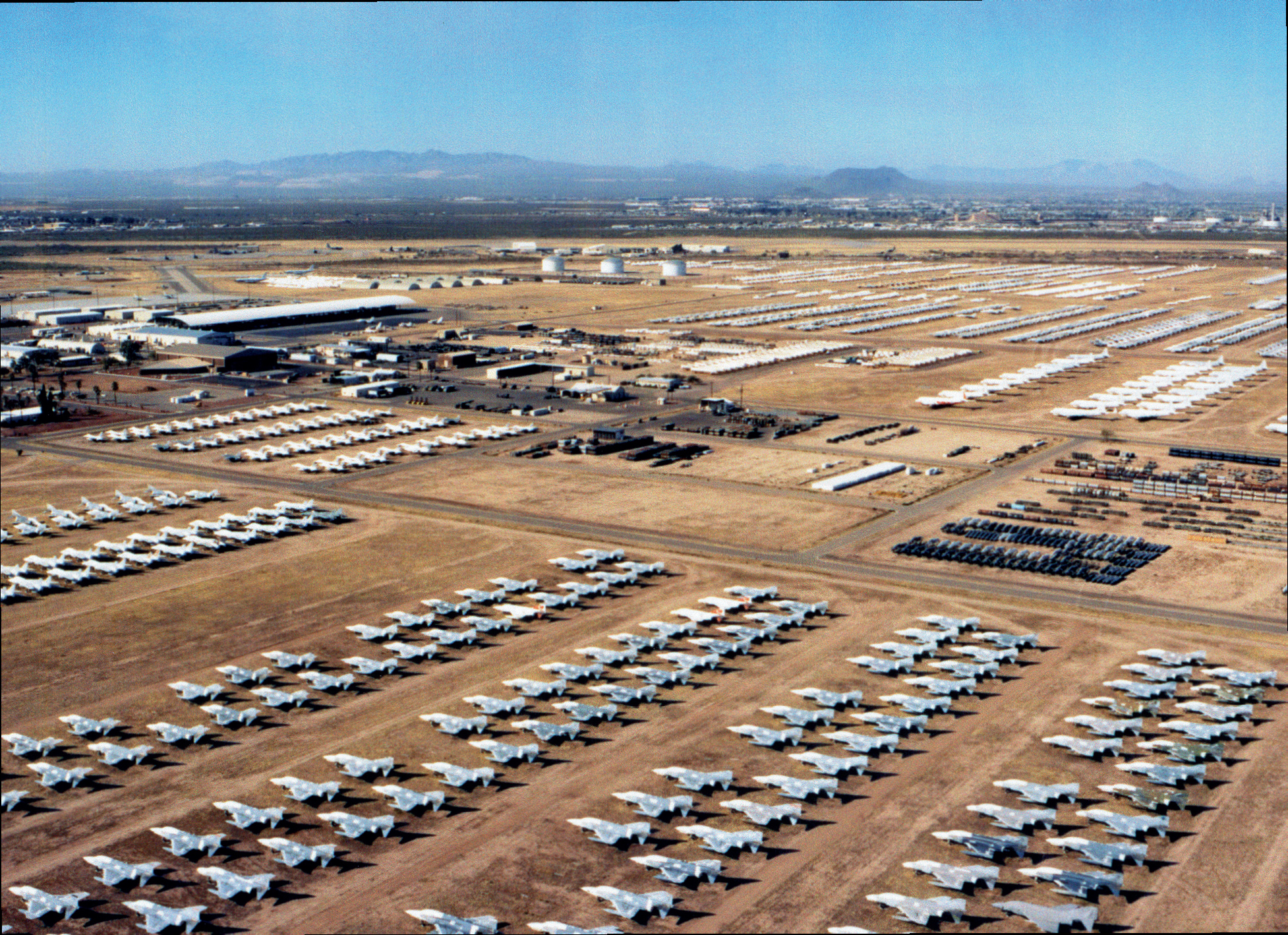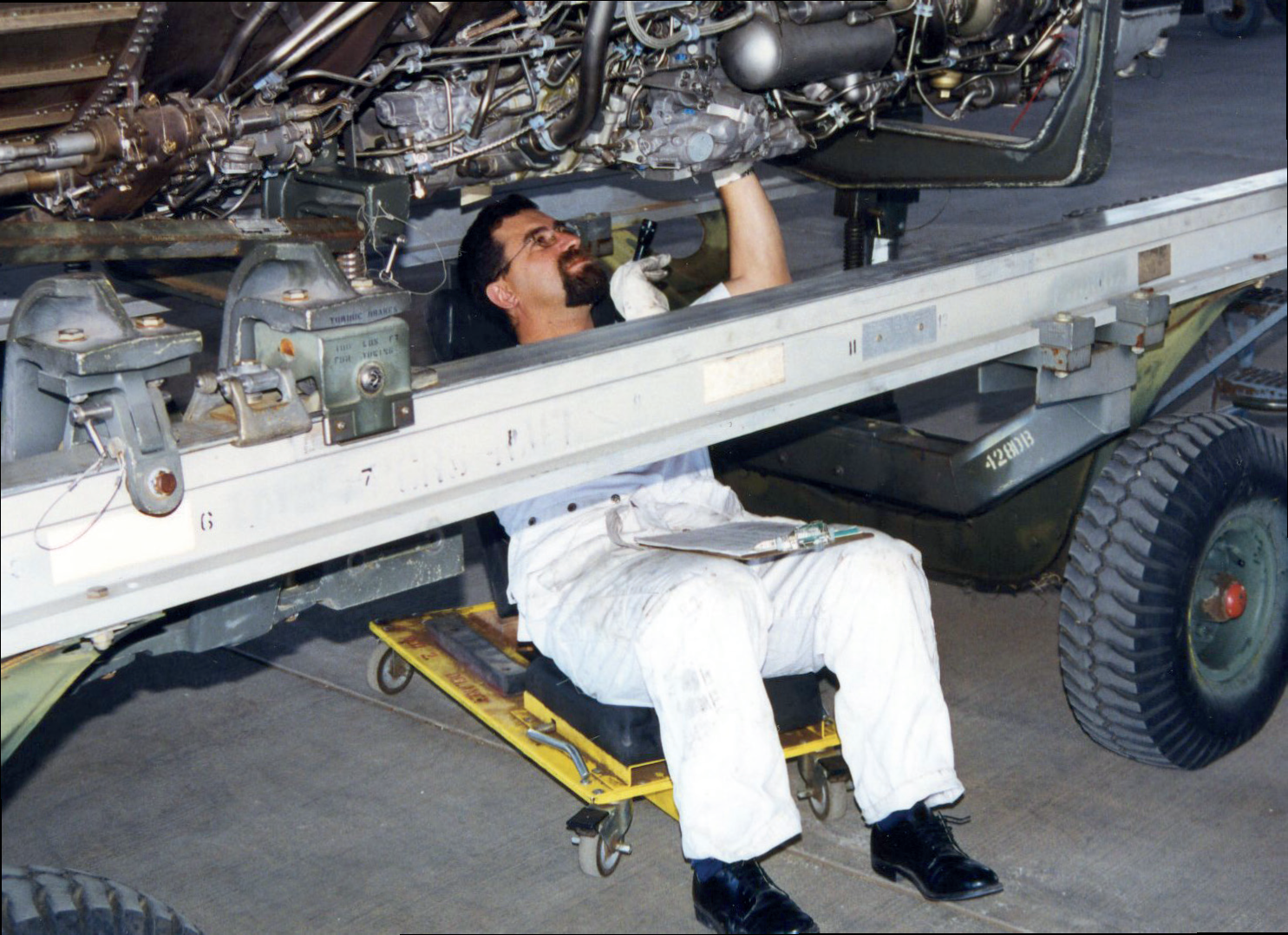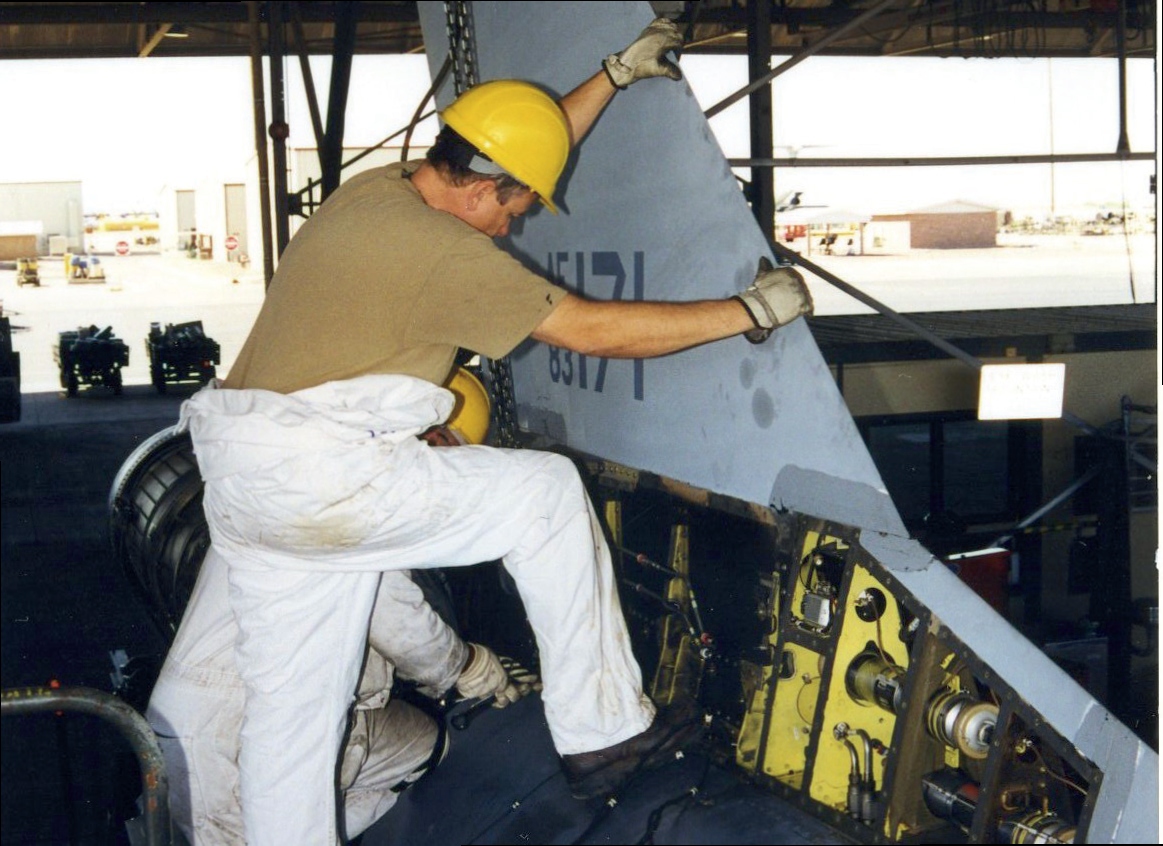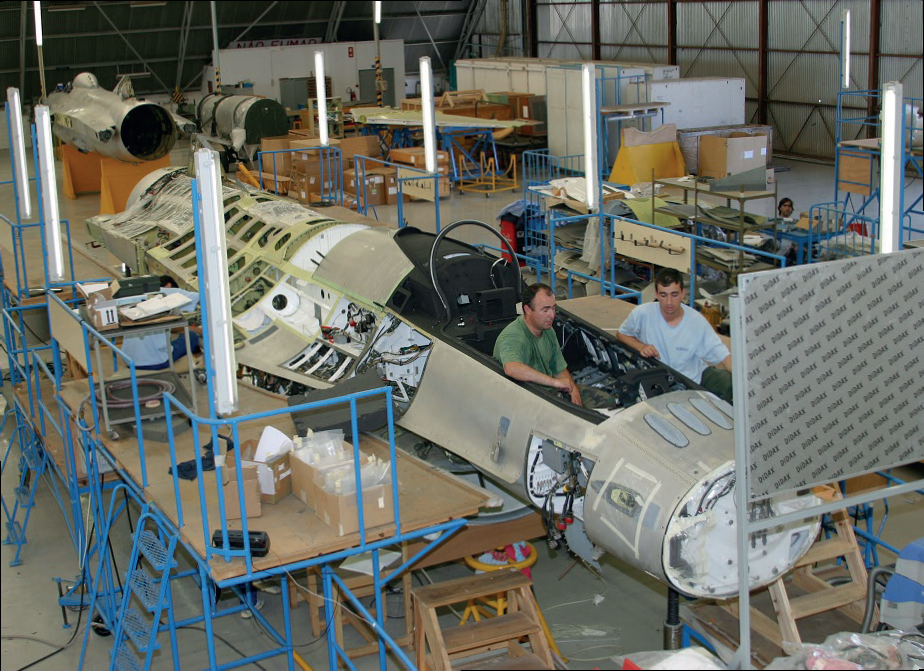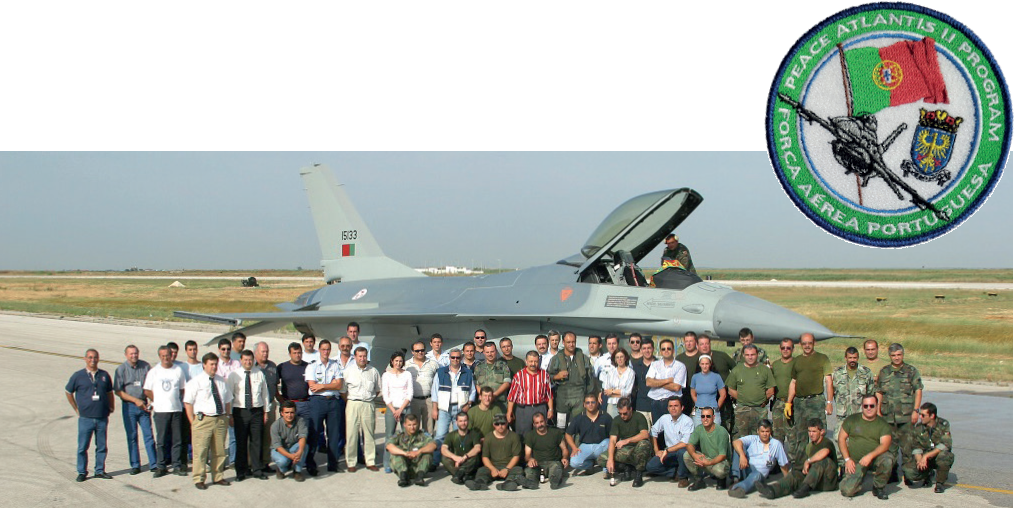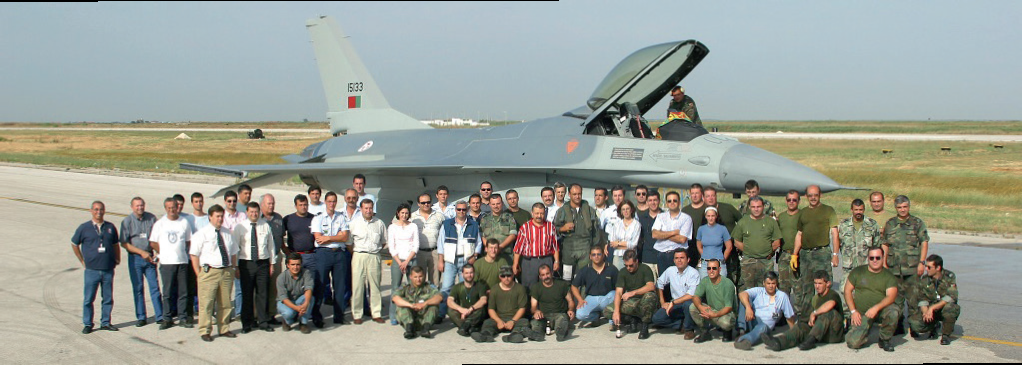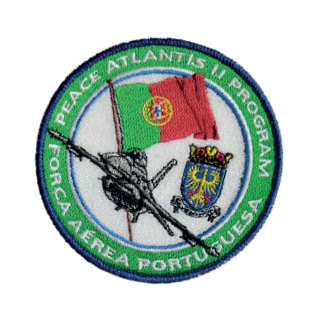Peace Atlantis II
In 1998, with the approval of the Peace Atlantis II (PAII) program for the acquisition of 25 more aircraft "previously operated by the USA", the conditions were set to complete a total of 40 F-16 aircraft (33 single-seat and 7 two-seat) and thereby establish a second F-16 squadron in Portugal.
The 25 aircraft acquired through the PAII program were selected as part of the USA's Excessive Defense Articles (EDA) and were, at that time, stored in the desert in a state of complete preservation. The remaining 5 aircraft were kept in reserve storage.
This period was also marked by the decision to upgrade the national fleet to the Mid Life Upgrade (MLU) standard, characterized by a significant increase in the operational capabilities of the national F-16s.
As part of this decision, Portugal also intended to join the Multi National Fighter Program (MNFP) consortium, which includes a group of allied nations (Belgium, Denmark, the Netherlands, Norway, the USA, and Portugal) operating the same F-16 platform.
The conversion of the national F-16s to the MLU configuration began in the mid-2000s, following the reception of the first PAII aircraft from the Aerospace Maintenance and Regeneration Center (AMARC).
The MLU program, already underway among the EPAF partners, aims to modernize operational capabilities using new hardware, sensors, and software, resulting in significant improvements in avionics systems, weaponry, communications, and defense and survival capabilities in hostile environments. Additionally, it extends the service life of the F-16 aircraft through structural reinforcements up to 8000 flight hours.
This process has allowed the F-16s to remain militarily relevant and effective in the following decades. The conversion to the MLU standard further strengthened Portugal's position as a prominent and modern operator of F-16 fighters, ensuring their continued relevance in national and international defense operations.

